Home>Ideas and Tips>Spotting Valuable Vintage Kitchenware At Flea Markets
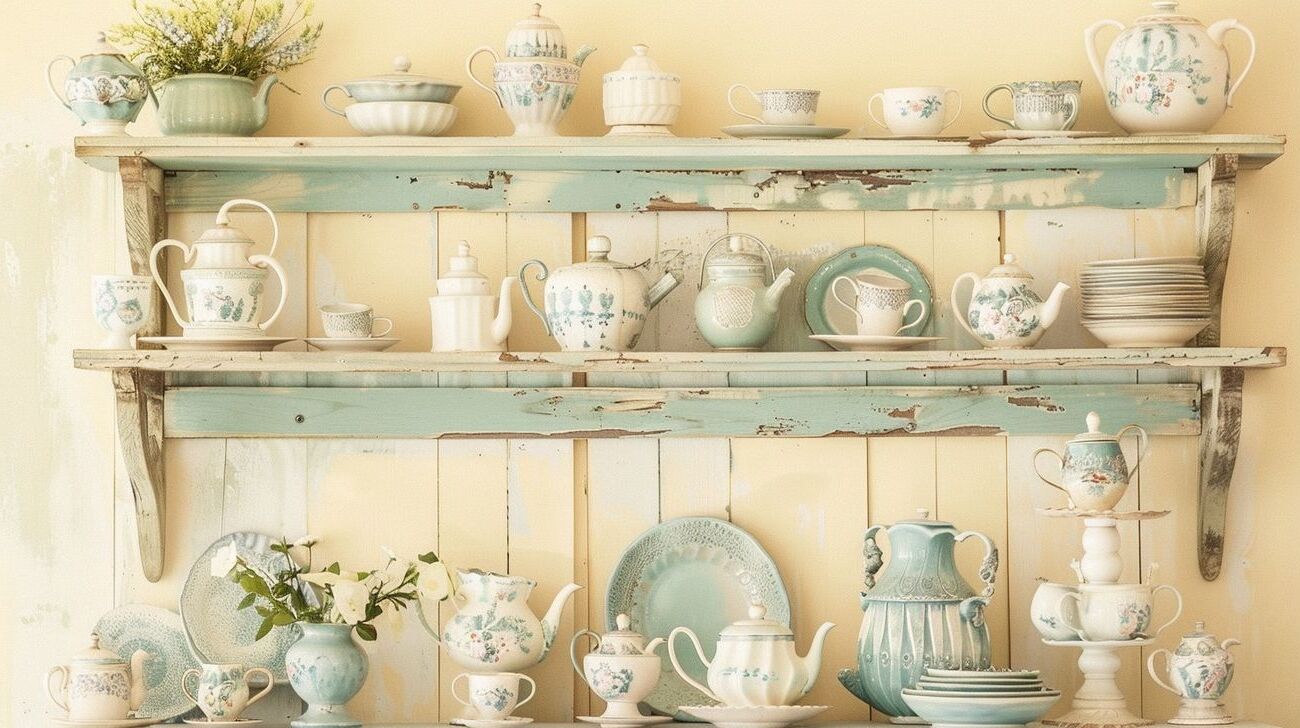

Ideas and Tips
Spotting Valuable Vintage Kitchenware At Flea Markets
Published: October 27, 2024
Discover how to identify valuable vintage kitchenware at flea markets. Learn tips on spotting rare Pyrex, Jadeite, Fiestaware, and more.
(Many of the links in this article redirect to a specific reviewed product. Your purchase of these products through affiliate links helps to generate commission for Storables.com, at no extra cost. Learn more)
Flea markets are treasure troves for those who love vintage items, and when it comes to kitchenware, the possibilities are endless. From antique teakettles to vintage Pyrex dishes, the right pieces can not only add a touch of nostalgia to your kitchen but also potentially increase in value over time. In this article, we will delve into the world of valuable vintage kitchenware, providing you with the knowledge and tools needed to spot these hidden gems at flea markets.
Understanding the Value of Vintage Kitchenware
Before we dive into the specifics of what to look for, it's essential to understand what makes vintage kitchenware valuable. The value of these items is often determined by five key elements: brand, rarity, pattern, age, and condition.
-
Brand: Certain brands, such as Pyrex, Fiestaware, and McCoy Stoneware, are highly sought after by collectors. These brands have a reputation for producing high-quality items that have stood the test of time.
-
Rarity: Items that are no longer in production or were produced in limited quantities are generally more valuable. For example, vintage Pyrex dishes made from borosilicate glass are highly prized for their durability and heat resistance.
-
Pattern: The design and pattern of the item can significantly impact its value. Unique and colorful patterns like those found in Fiestaware are particularly desirable.
-
Age: The age of the item plays a crucial role in determining its value. Items from earlier periods, such as those produced during the Great Depression, can be highly valuable due to their historical significance.
-
Condition: The condition of the item is perhaps the most critical factor in determining its value. Items in excellent condition, with minimal wear and tear, are generally more valuable than those that are damaged or worn out.
Identifying Valuable Vintage Kitchenware
Now that we understand what makes vintage kitchenware valuable, let's explore some specific items that are worth keeping an eye out for at flea markets.
1. Vintage Pyrex
Pyrex is one of the most recognizable and sought-after brands in the world of vintage kitchenware. The company's borosilicate glass was renowned for its heat resistance and durability, making it a staple in many kitchens during the mid-20th century.
- Why It's Valuable: Vintage Pyrex dishes are highly prized by collectors due to their durability and the fact that they were made from a more resistant material than modern Pyrex. Complete sets of vintage Pyrex can fetch thousands of dollars on the market.
- What to Look For: When searching for vintage Pyrex, look for items made from borosilicate glass. These will typically have a distinctive glassy appearance and may have the Pyrex logo or other markings indicating their authenticity.
- Condition Check: Inspect the items carefully for any chips or cracks. Even minor damage can significantly reduce the value of the item.
2. Jadeite
Jadeite was another popular material used to make kitchenware during the mid-20th century. It was known for its milky, opaque appearance and was often colored red or other hues.
- Why It's Valuable: Jadeite items are highly collectible due to their unique appearance and historical significance. Pieces made by Jeannette Glass, McKee Glass Company, and Anchor Hocking Fire-King are particularly sought after.
- What to Look For: Jadeite items often have a distinctive milky appearance and may have uranium content which makes them glow under a black light. Look for pieces with these characteristics as they are more likely to be authentic.
- Condition Check: Be cautious when handling jadeite items as they may contain uranium, which can be slightly radioactive. Ensure that any items you purchase are safe to handle and use.
3. Fiestaware
Fiestaware is a line of colorful pottery produced by the Homer Laughlin Pottery Company starting in 1936. The line was known for its vibrant colors and Art Deco-inspired designs.
- Why It's Valuable: Fiestaware is still produced today but the original pieces from the 1930s and 1940s are highly valuable due to their rarity and historical significance. Certain colors like yellow and medium green are particularly sought after.
- What to Look For: Original Fiestaware pieces will have a distinctive color palette inspired by Art Deco designs. Look for pieces with these characteristics as they are more likely to be valuable.
- Condition Check: Be aware that some original Fiestaware pieces may contain lead or uranium in their production materials, which could affect their safety for use as dinnerware.
4. Cookie Cutters
Cookie cutters are another item that can be valuable if they are old and made from high-quality materials like copper.
- Why It's Valuable: Antique cookie cutters made from copper or other metals can be quite valuable due to their rarity and historical significance. The condition of the cutter will significantly impact its value.
- What to Look For: Look for cookie cutters with intricate designs or those made from high-quality metals like copper. The condition of the cutter should also be excellent with minimal wear and tear.
- Condition Check: Inspect the edges of the cutter for chips or scratches. Any damage can significantly reduce the value of the item.
5. Mason Jars
Mason jars have been around since 1858 and are commonly found at flea markets.
- Why It's Valuable: While most Mason jars are not particularly valuable, upside-down Mason jars made between 1900 and 1910 can fetch around $1,000 due to their rarity.
- What to Look For: When searching for valuable Mason jars, look for those that are upside-down and have a specific production date range.
- Condition Check: Ensure that any Mason jar you purchase is in good condition with no chips or cracks.
Tips for Finding Valuable Vintage Kitchenware
Now that we've identified some of the most valuable items to look for at flea markets, here are some tips to help you find them:
1. Research Beforehand
Before heading out to a flea market, research what items are currently in demand and what their values are. Websites like eBay and specialized collector forums can provide valuable insights into what you should be looking for.
2. Inspect Items Carefully
When inspecting items at flea markets, always check for damage such as chips or cracks. Use a flashlight to inspect hard-to-reach areas like under handles or in corners where wear might accumulate.
3. Check for Authenticity
Ensure that any item you purchase is authentic by checking for brand markings or other identifying features specific to that brand. For example, Pyrex often has its logo printed on the bottom of dishes.
4. Negotiate Prices
Flea markets often allow for negotiation on prices. If you find an item that you believe is undervalued based on your research, don't hesitate to negotiate a better price.
5. Assemble Your Own Sets
Rather than buying pre-assembled sets which may include damaged pieces, consider assembling your own set by purchasing individual items in good condition. This approach allows you more control over the quality of each piece.
Additional Tips for Flea Market Shopping
Flea market shopping can be an exciting adventure but it requires some strategy to maximize your chances of finding valuable items:
1. Keep an Eye Out for Orphaned Lids
Orphaned lids for Pyrex dishes can be particularly valuable if they match specific patterns or models that are no longer in production.
2. Look for Promotional Pieces
Promotional pieces like cradles, candle warmers, trivets, underplates, and chip & dip bowl brackets can add an extra layer of value to your collection when used to display vintage promos.
3. Use a "Need" List
As your collection grows it becomes increasingly difficult to remember what you already have versus what you're looking for. Carry a "need" list with you that includes pattern names and model numbers of specific pieces you're missing.
4. Check Condition Under Good Lighting
Before making a purchase at the flea market counter ensure that items are not wrapped up until you've had a chance to inspect them under good lighting conditions.
Conclusion
Spotting valuable vintage kitchenware at flea markets requires a combination of knowledge about what items are valuable and the skills to identify them accurately. By understanding the five elements that determine the value of vintage dishes—brand, rarity, pattern, age, and condition—and by following our tips for finding these items at flea markets, you can turn what might seem like a casual shopping trip into a potentially lucrative adventure.
Whether you're looking to start or expand your collection of vintage kitchenware or simply want to find unique items for your home decor, these tips will guide you through the process with confidence. Happy hunting!
References:
- Collectors Weekly – Antique and Vintage Kitchen Collectibles
- Sweet & Savory – These 10 Vintage Kitchenware Items Are Worth Lots Of Money
- The Pyrex Collector – Hunting For Collectible Pyrex Kitchenware
- Traders Village – How to Identify Valuable Flea Market Finds
- America's Antique Mall – Beginner's Guide to Collecting Vintage Dishes
Was this page helpful?
At Storables.com, we guarantee accurate and reliable information. Our content, validated by Expert Board Contributors, is crafted following stringent Editorial Policies. We're committed to providing you with well-researched, expert-backed insights for all your informational needs.

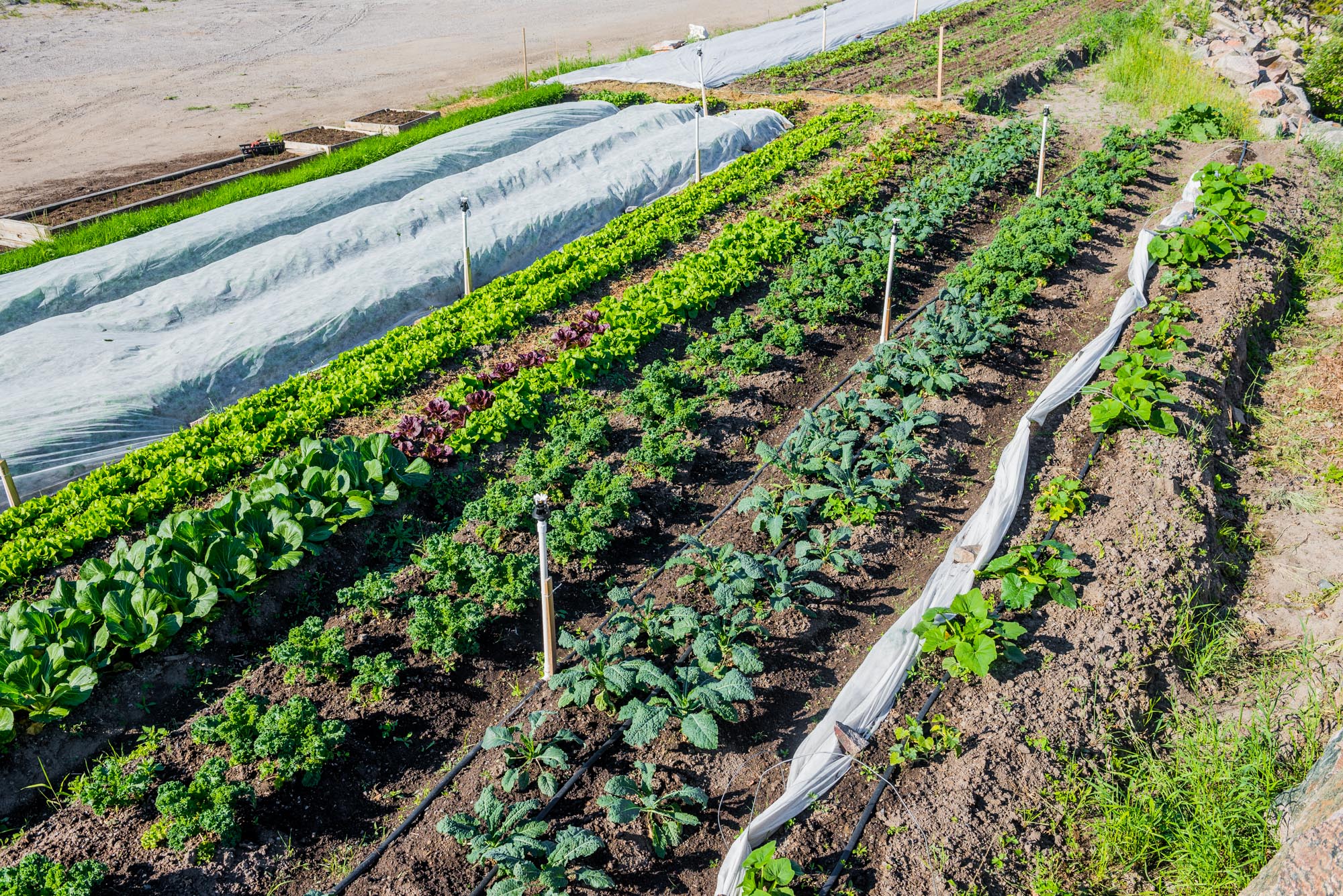

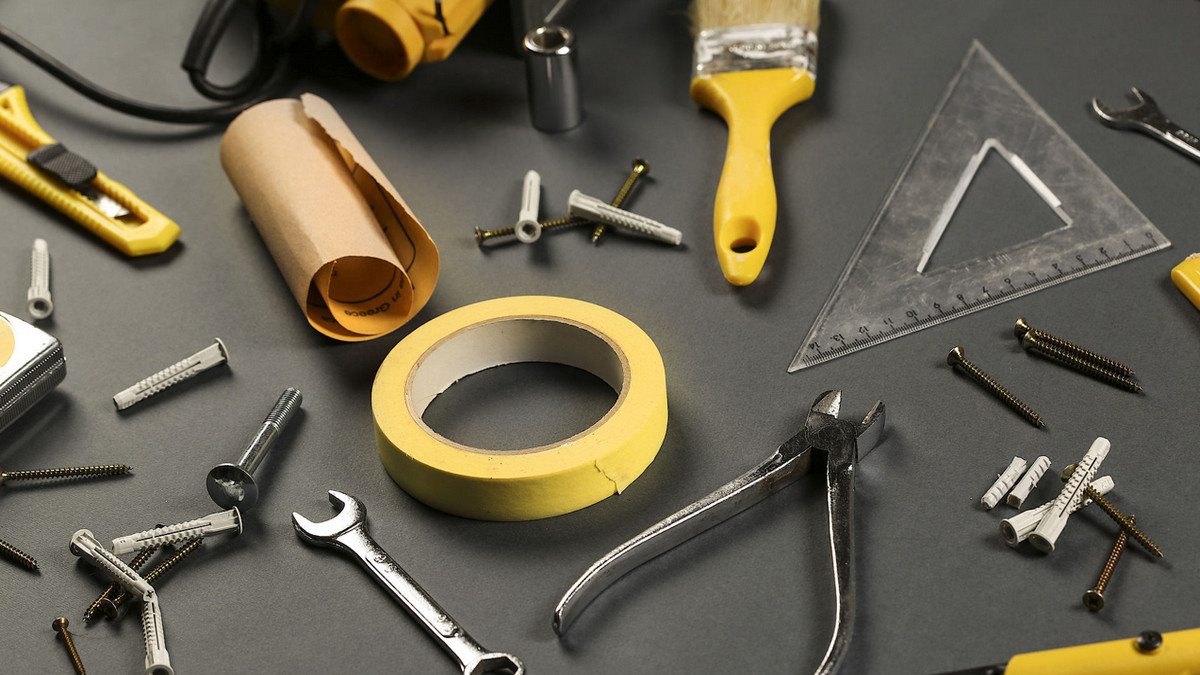
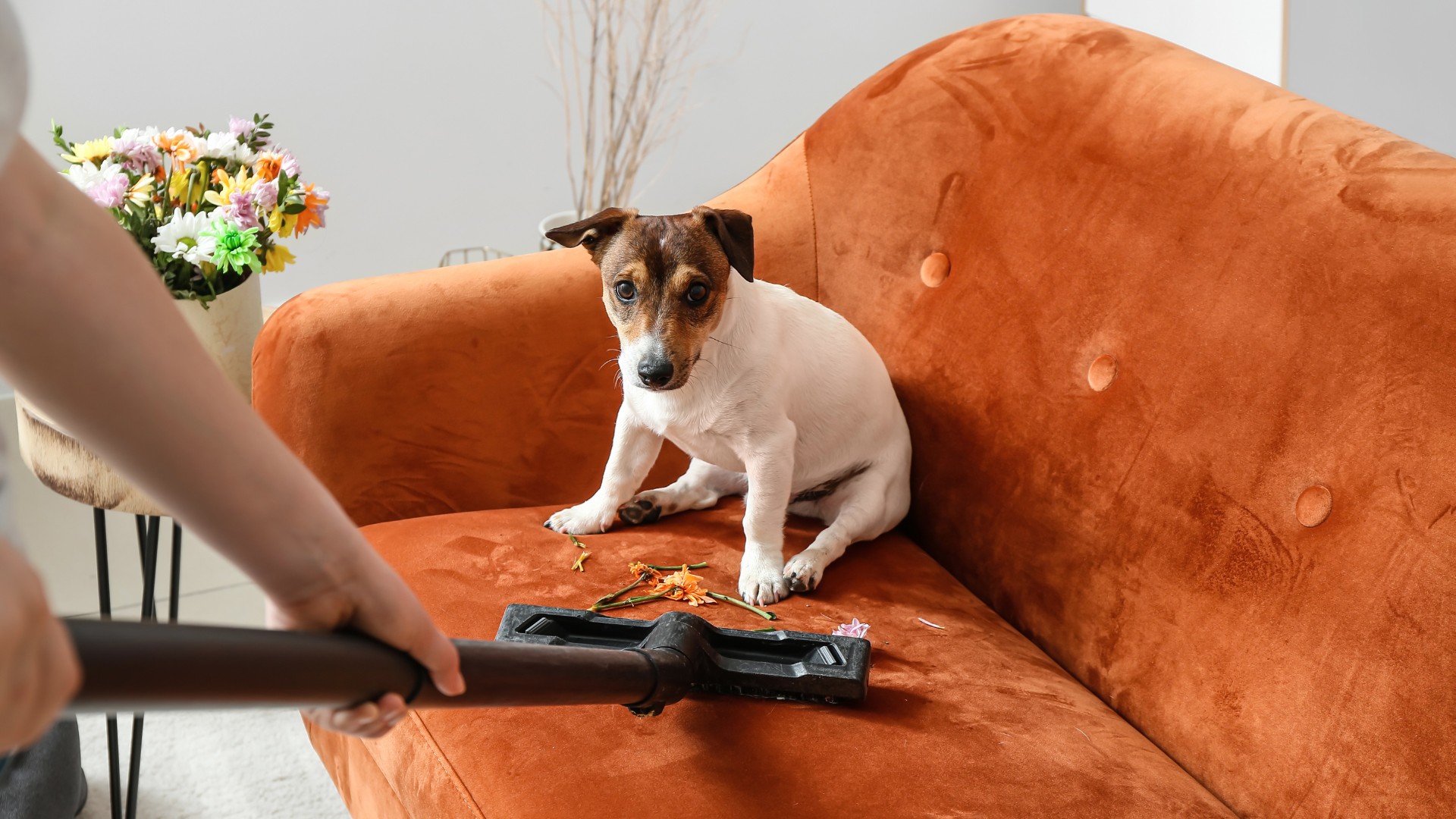
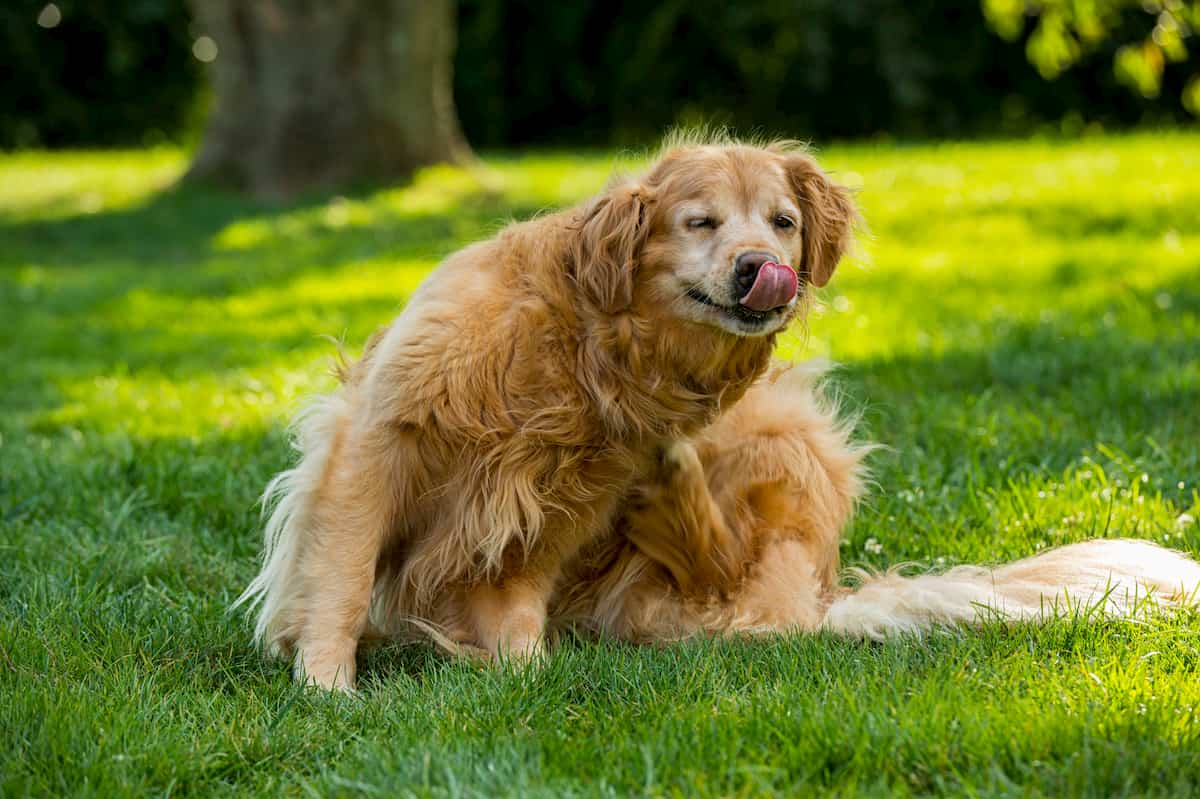
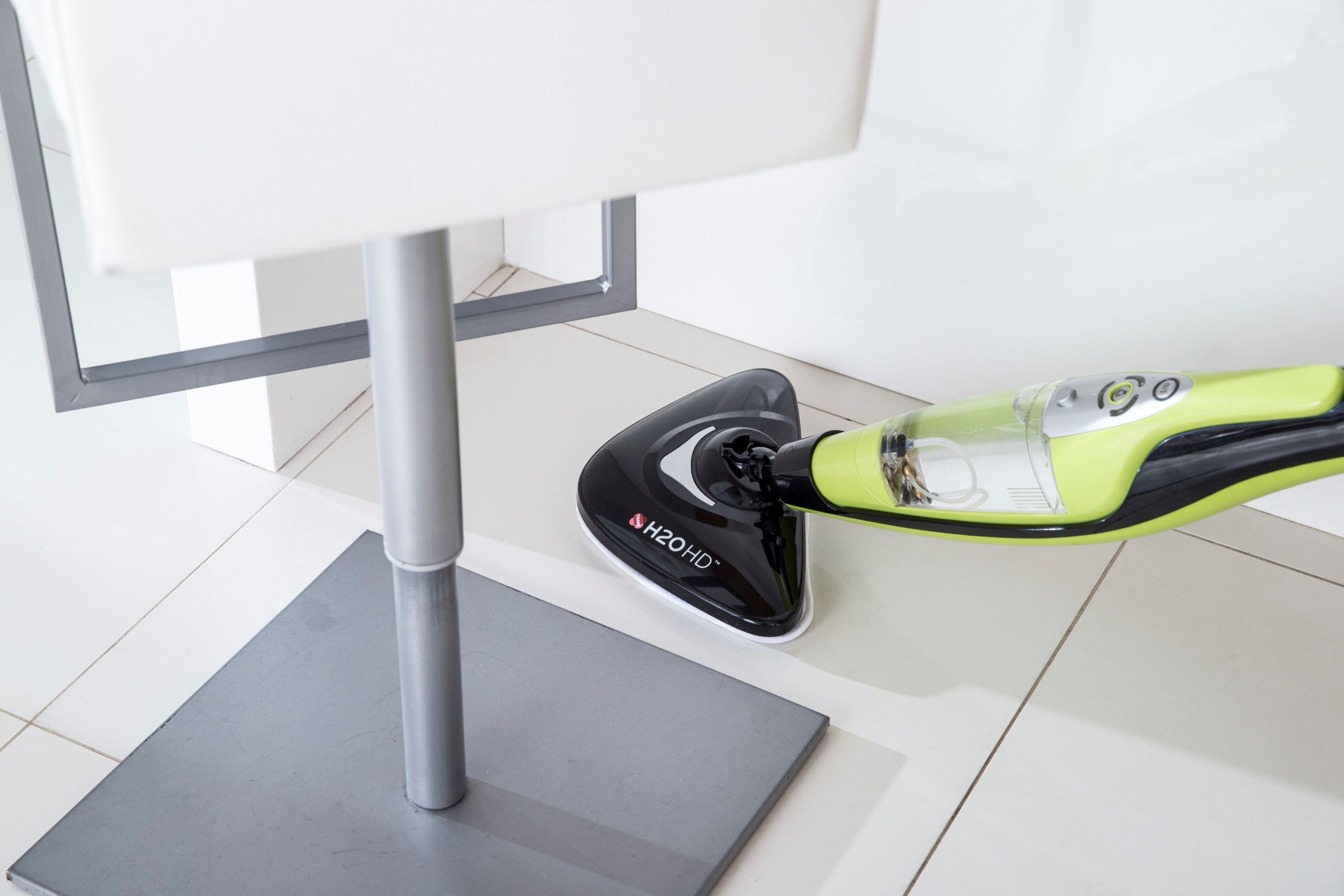
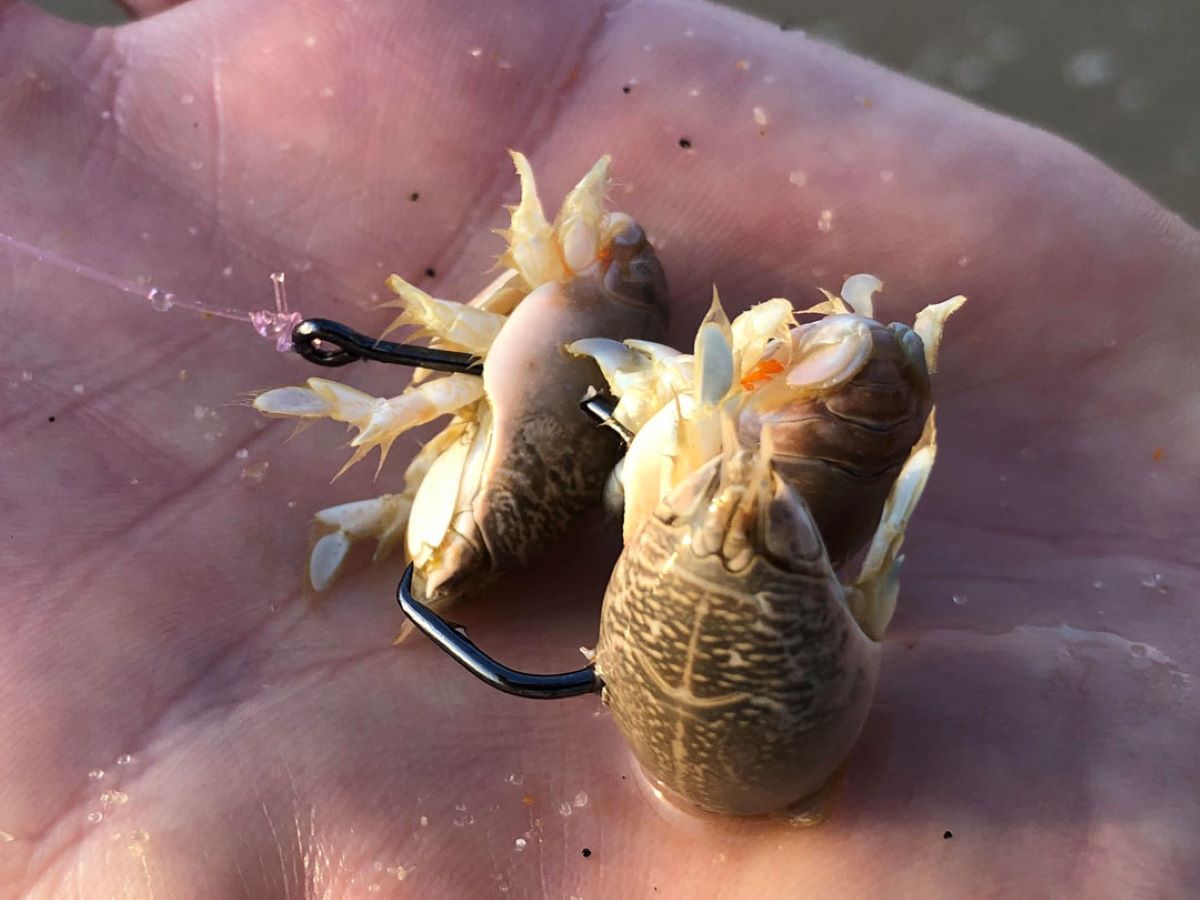

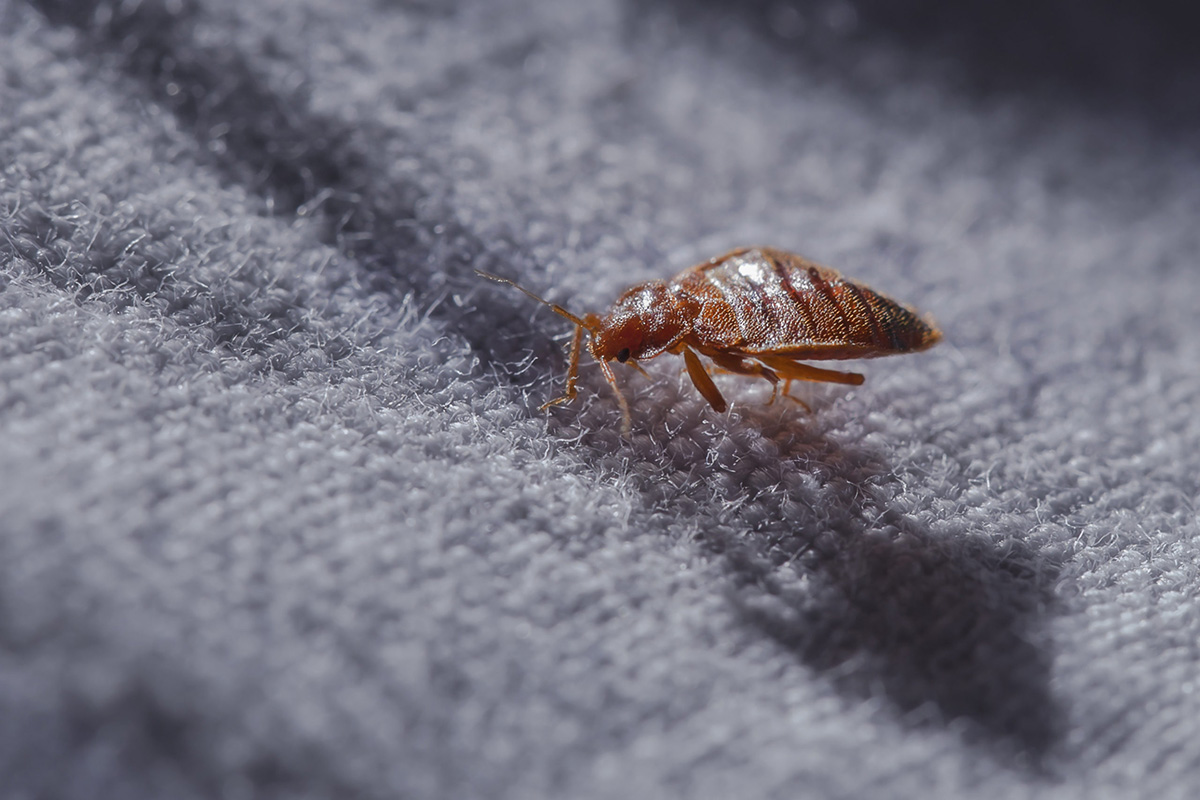
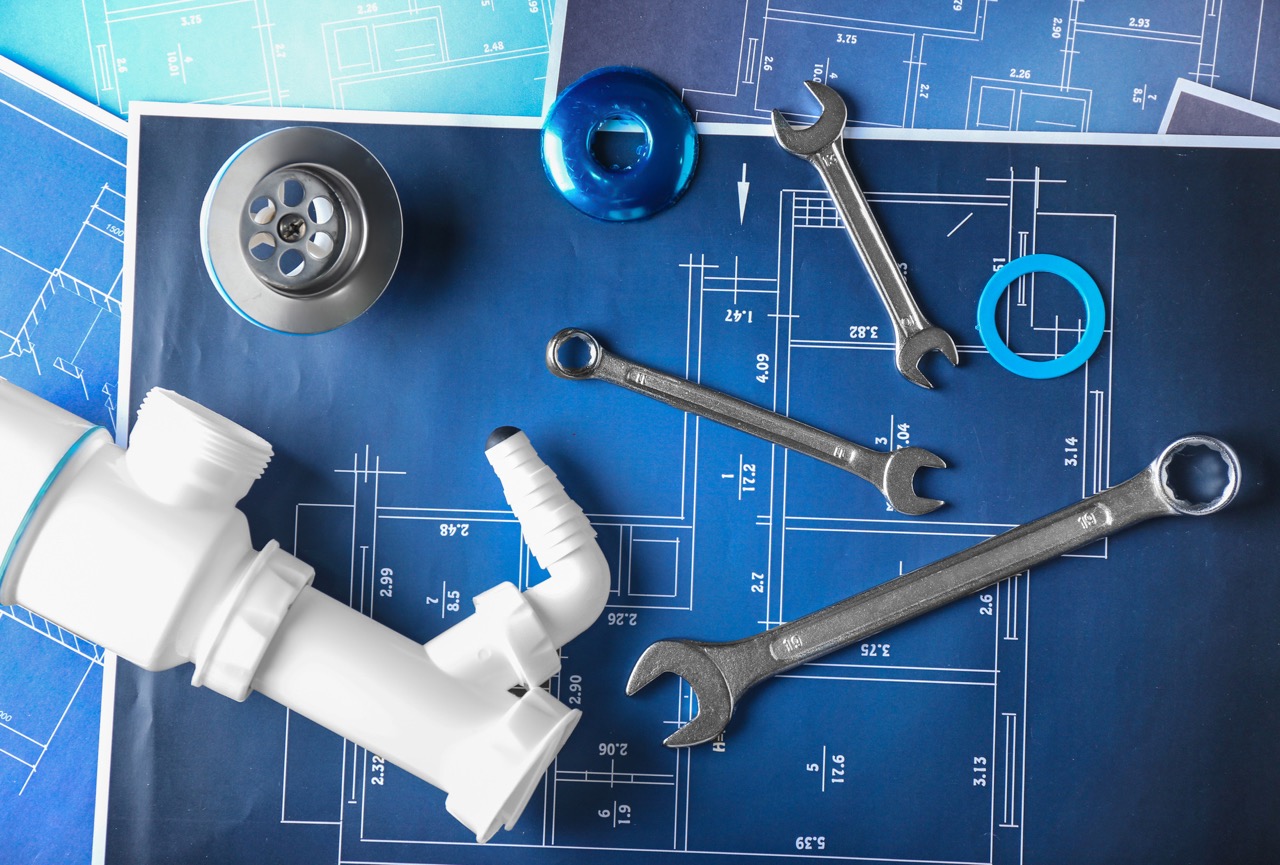
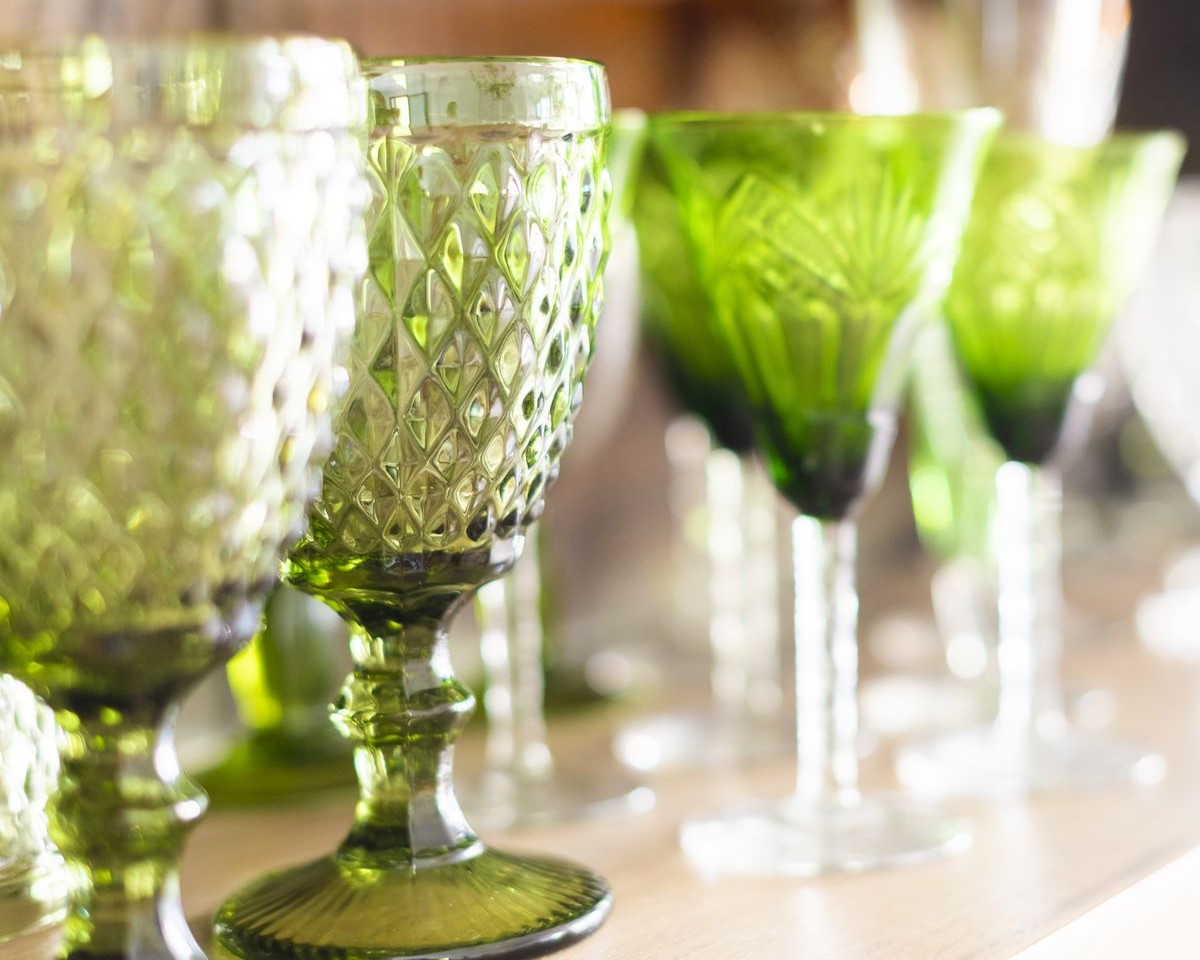
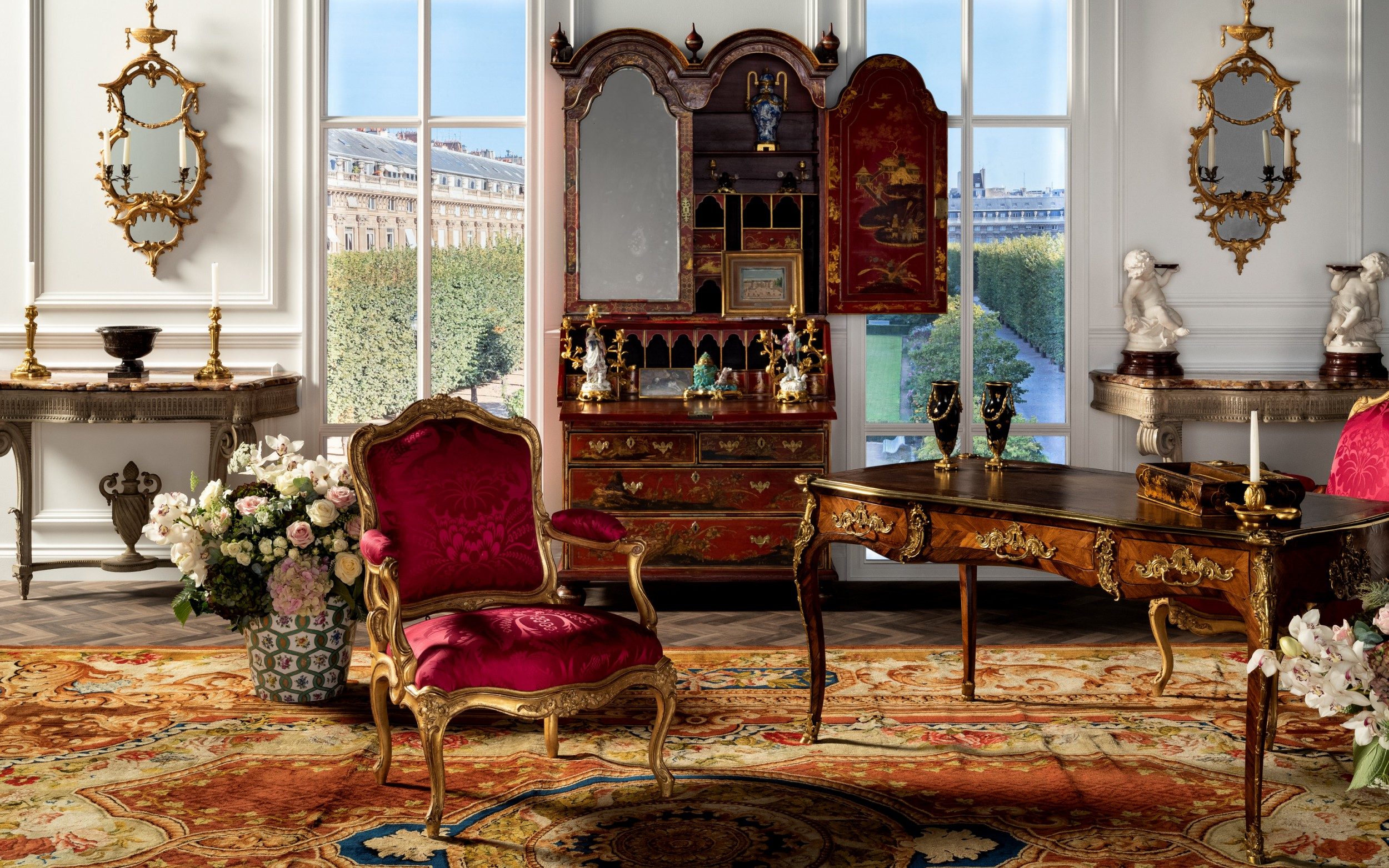
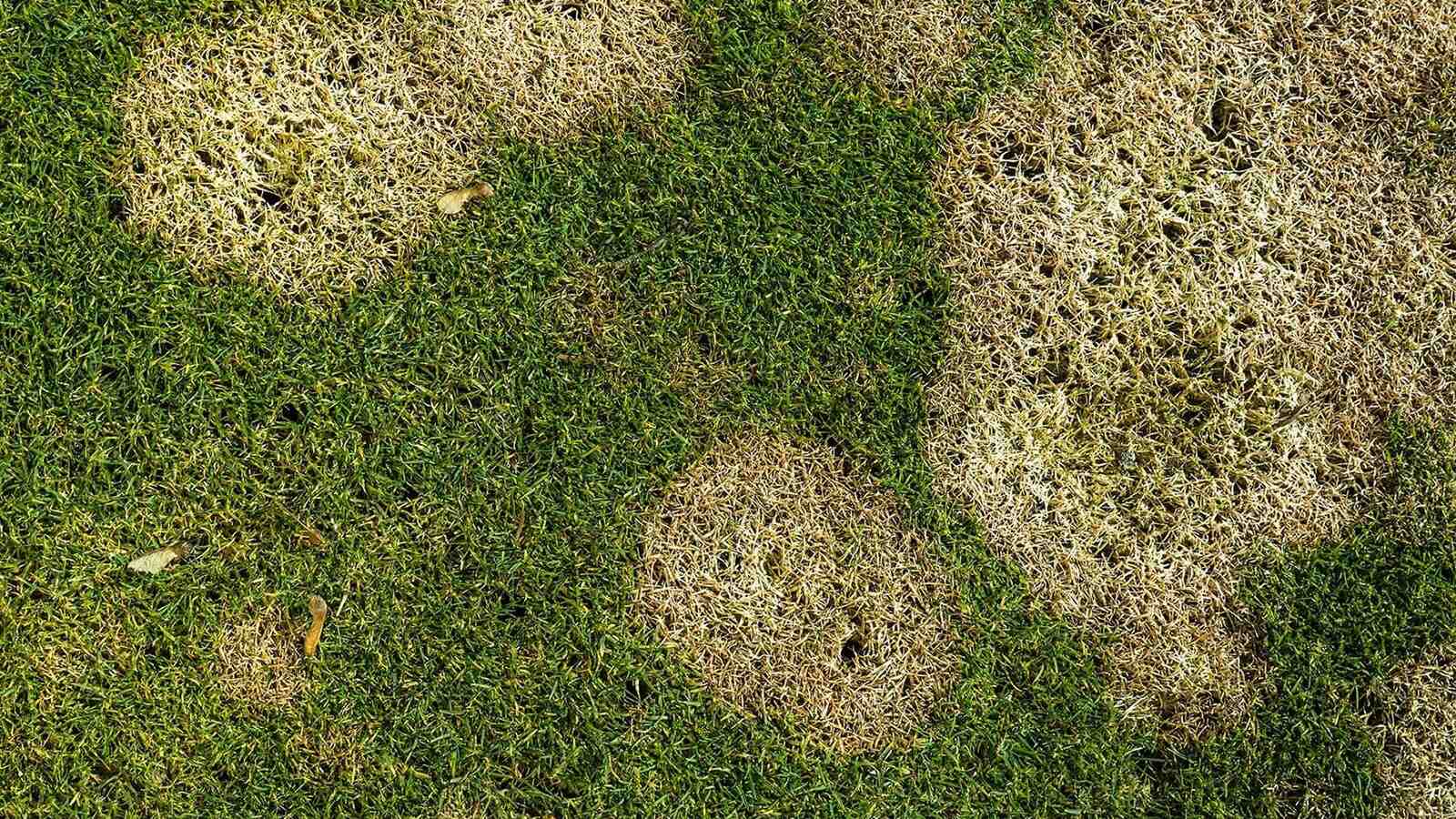

0 thoughts on “Spotting Valuable Vintage Kitchenware At Flea Markets”